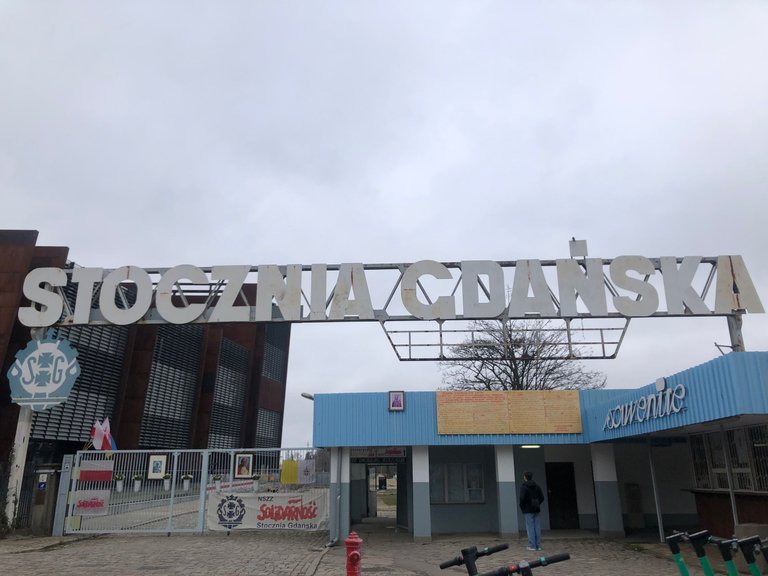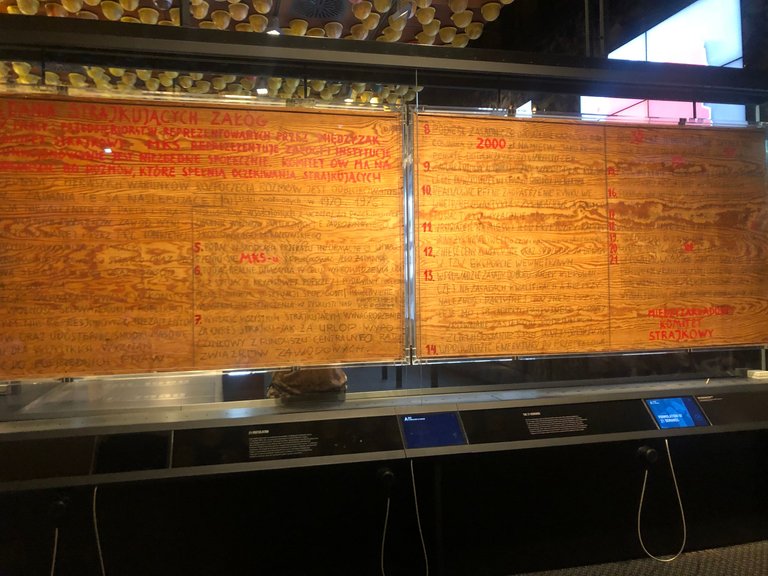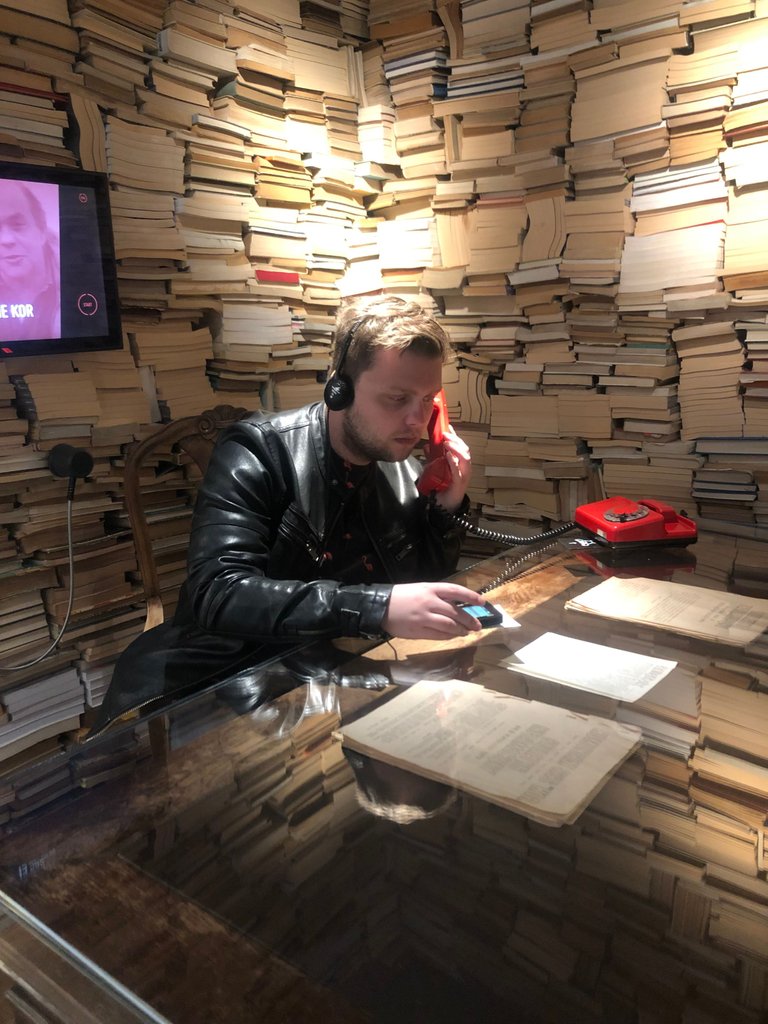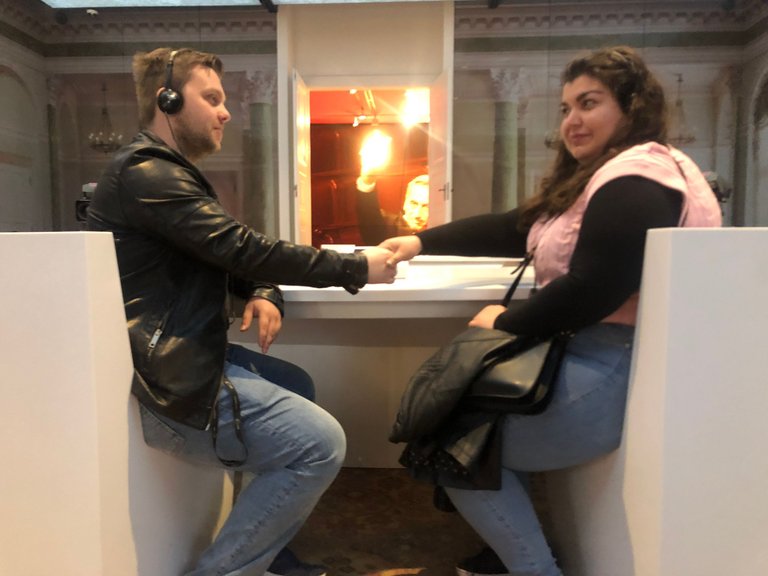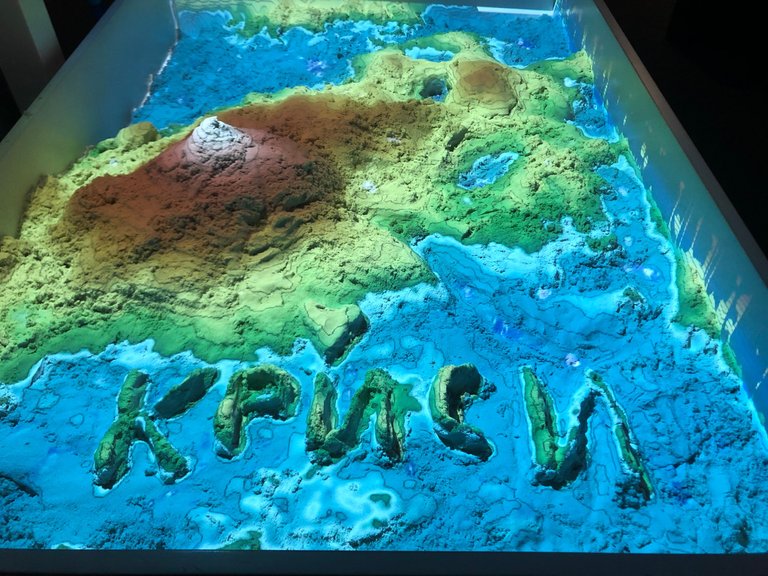Hello! After a little break in posting about Tricity, it is time to come back with a post about the favourite part of our trip - Gdańsk. Gdańsk is the largest city of the three and is also likely the most known out of them. It is teeming with history and culture and it is an extremely interesting visit, with which you can both enjoy pleasant time at the sea and canals, as well as learn about some of the most important events in the 20th century, to which Gdańsk was a catalyst.
I will post about both sides of Gdańsk, but in this blog, I would like to focus on the history and culture, as well as some fun. It all is combined in the great museum scene of Gdańsk. In my opinion, Poland has one of the best museums in Europe in general, but the ones in Gdańsk really make me believe it might be the city with the best ones out of all of them. We've been to all kinds in Gdańsk - the fun ones, the somber ones, as well as those that simply highlight a part of culture.
European Solidarity Center
With how Polish history has turned out, most of our museums are devoted to bad things that happened. We have been attacked from every side in the past century and you can really see it in the kind of things that are shown in our monuments to the past. European Solidarity Center is very much in line with this, but it also has a pretty happy end, as Poland was actually the first country to escape the powerful grasp of enforced communism (or - to be more precise - socialism) from the Soviet Union.
This museum shows - throughout its multiple rooms - the entire story of the protests that were started in the Gdansk Shipyard, leading to the eventual overthrowing of the puppet government. The story is, of course, told from the perspective of the Poles and our aims and goals.
To be honest, I found this museum really interesting, even though I knew of most of the facts already (as I am Polish). The Bulgarian friends that I visited with were also amazed at the exhibitions - especially that their country was also forced to be a part of this Soviet sphere of influence. Among the multiple interactive exhibits, you can see some hero figures that established themselves as leaders of this movement and have or could have become immortalized as heroes. Of course, as we all know, having power and fame can lead you astray, so some of them have or are still slowly tainting their image, but that's a story for another time.
I do not have that many great pictures, as the colour scheme is not very photo-friendly, but I'll still unload some of the ones I like here. If you are in Gdańsk for whatever reason, please do visit. This is an important part of Polish history and it shows quite well how valiant efforts can - under the right circumstances - lead to the desired outcomes.
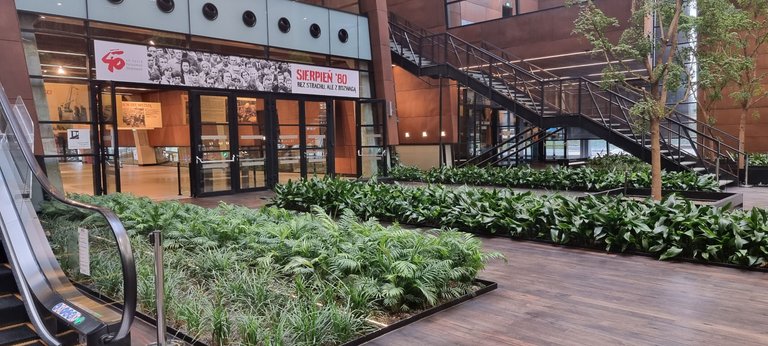
The 21 demands of striking shipyard workers
I'm getting better at modelling.
We'll find a spot for a photo everywhere!(albeit a little blurry at times.)
The World War II Museum
This museum is one that I have a small problem describing, because we did not actually get to visit it properly. We went there 2,5 hours before closing, thinking we can be fast enough to see most, if not all, of it within that time. After all, how long can you spend in one museum? Well, a long time clearly, as we only managed to go through 5 out of 17 rooms/exhibitions of this somber museum dedicated to all those who perished in one of the most dramatic events in the history of humankind.
As someone with little to none nationalistic feelings, it is extremely difficult for me to grasp the idea of imperialism - or even nationalism in general really. This museum really shows not necessarily the problem with either of these though. Instead it is a tragic reminder of what radicalism brings to the world. Unnecessary suffering.
The WW2 Museum is nothing less than a work of art. Already from the outside, the building easily catches everyone's attention - personally, I like it a lot, but that is of course a matter of taste. Inside, you can find pretty much everything. There are interactive exhibitions with movies shown on big walls. There are multiple exhibits such as helmets, uniforms, weapons and much more. On top of that, you can find a ton of interesting stories written on plaques and boards across the whole museum.
Among the halls, there is an abundance of information regarding the whole war, as well as the aftermath and most importantly, the events that actually led to the outbreak of violence that led to so many lost lives. Once again, I strongly recommend visiting to everyone.. No better way to avoid repeating grave mistakes than to learn about how they were made in the first place.
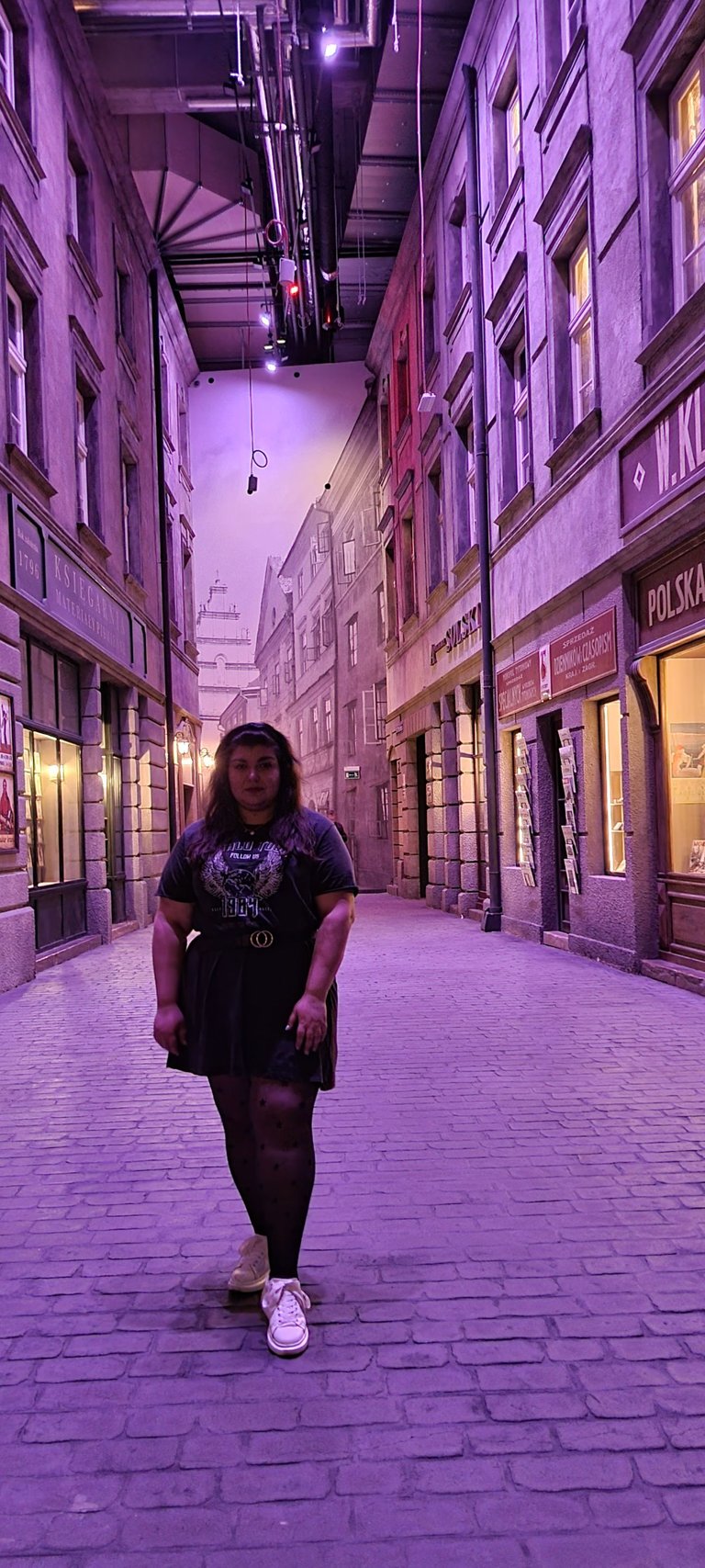
I found it quite nice that they've recreated some of the streets and such for visitors to immerse themselves better.
The Rest
Alright, those were fairly sad, but there was much more to it! We entered a few more museums and the ones I want to highlight here are the Amber Museum, as well as the Museum of Illusion. They are very different from each other, as the former focuses on the history and usability of amber - a crucial resource in the history of most Baltic Sea cities. The latter is focused entirely on fun and aimed at young people in general, with many spots for fun photos, as well as interesting experiments and illusions - as the name suggests.
For Amber Museum, I was personally quite sceptical. I have lived in Poland for nearly 20 years and so have visited many sea towns and resorts. Many of them have such museums dedicated to amber and they are all the same small rooms with disappointingly small exhibits and lack of truly interesting information. Luckily, I was pleasantly surprised, as it contained within itself multiple fascinating exhibits and quite a bit of history - it was both cool too see as well as a great learning experience.
Below you can see a few photos of interesting exhibits.
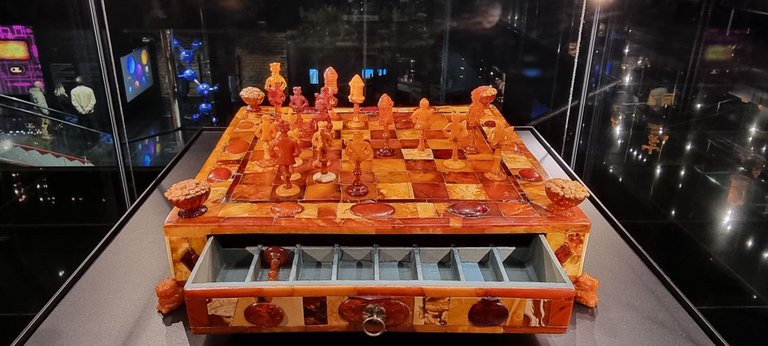
The game of kings
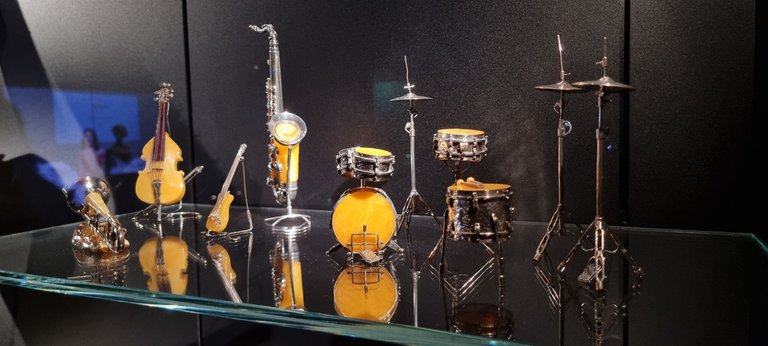
There were just so many nice things!
Now, the Deja Vu Museum, the museum of illusion was a completely different story. This kind of places have been popping up all around the world, as it can be fun to see how we can trick our eyes - and everyone seems to believe it's a great way to make money. Frankly, the Gdańsk museum was not anything special in the sea of these illusion exhibitions.. But it was fun enough to be worth the price - at least coming from the West, with Western salaries.
There isn't much to say about it, except that it did make for some nice pictures and it was a good way to spend an hour, while sheltering ourselves from the rain, which really was the main reason we entered - it was cold and rainy. Anyway, you can see a picture or two right under this paragraph!
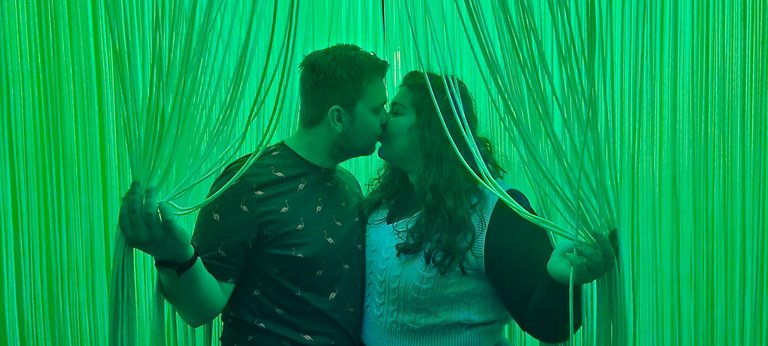
Closing Words
Polish museums are some of my favourites and both the ESC and the WW2 museums fall right into that trend. Gdańsk offers a great selection, likely one of the best in Poland, so if you like museums and happen to be in the area - do not hesitate but jump in.. Just make sure you have enough time!
Stay tuned for the next post about Gdańsk - this time focused on the outside more than the inside! No promises about when it will drop, as I am leaving for a holiday and I'm not sure I'll make it to finish before I have to go.
